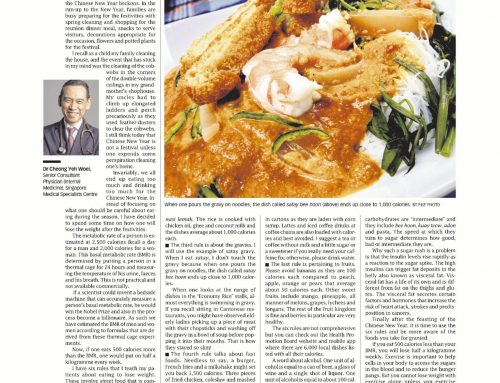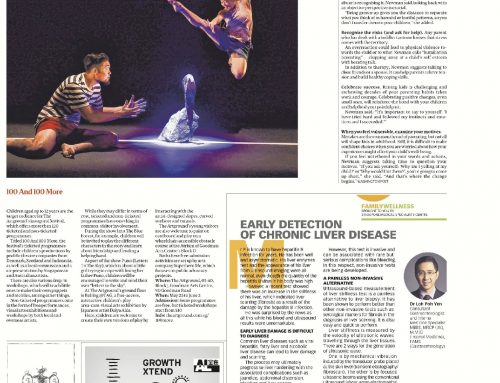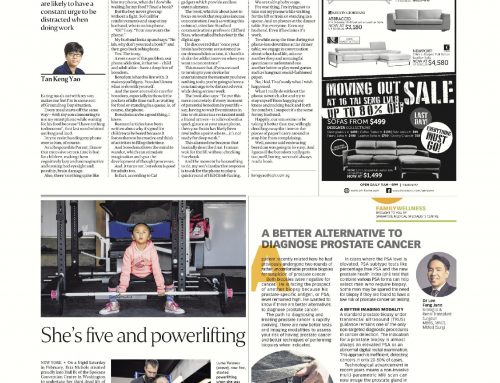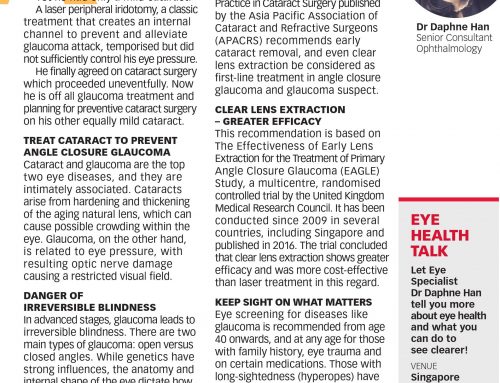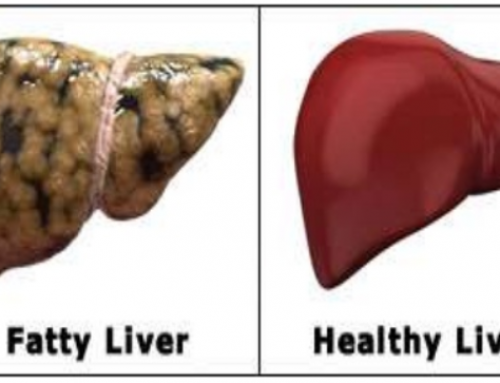Diabetic patients need not feel left out of the festive feasting; they just need to make some adjustments to their diet
Chinese New Year is generally a time of family reunions, meeting up with relatives that one would otherwise have little probability of meeting during the rest of the year. It is also a time of feasting and drinking.
This is why I tell my diabetic patients not to come for their blood test till its three months after the Lunar New Year. We monitor the diabetic patients with a test called Hemoglobin A1C that measures the average of their cumulative blood sugars over the last three months. Therefore we expect that their dietary habits would be compromised during the festivities.
The feasting that goes on at Chinese New Year can be quite deleterious to the body. The sweets, pastries, “bakkwa” and sodas are all full of refined sugars and that can really raise blood sugars substantially. You also have the “bad” carbohydrates and these include white rice, white bread, potatoes and yellow noodles that includes ramen, instant and Hokkien noodles.
The staple diet in Singapore includes white rice at every meal and essentially that turns to glucose when we consume it. I have personally stopped eating white rice at home for the last three years. I would sit down to dinner with an empty plate and scoop whatever vegetable dish I have on the dining table and use that to substitute the white rice. I call this “carbohydrate substitution”.
I try to persuade my patients to eat “good” carbohydrates and this includes brown rice, whole meal bread, oats, soba and glass noodle. These have a lower glycemic index and turn slowly into sugar on ingestion. I also allow them to eat what I call “intermediate carbohydrates” and these are vermicelli, pasta, kuay teow and udon.
A word about pasta; it has to be the good quality pasta made of 100 percent durum wheat. The kuay teow is also sticky and so if it is in a soup base, its alright. Otherwise with other ways of preparation, a lot of oil is added to separate the noodles.
Why do we eat low glycemic carbohydrates? The rationale is that the refined sugars and “bad” carbohydrates spike the blood sugar in the blood stream. That results in insulin release; insulin works like a key to open the cellular doors. Opening these cellular doors allow the sugar to enter the cells. When a patient is diabetic, prediabetic or overweight, the insulin keys don’t work very well to open the cellular doors. The cells cannot get the sugar they need and the “starving” cells tell the brain to eat more. That triggers a vicious circle as you can imagine.
The other problem is that the pancreas pumps out more insulin as the insulin keys are not working. The excess insulin makes you put on weight. In particular high insulin levels triggers fat deposits in your abdomen or what we call visceral fat. Visceral fat does not behave like fat on the thighs or on the buttocks. The visceral fat cells spews out a whole list of nasty hormones and factors that contribute to increased rates of diabetes, hypertension, stroke, heart attacks and even cancers.
Therefore we should eat “good” carbohydrates to avoid spiking our sugar levels and to try to bring the insulin levels down. The Atkins diet or “zero carbohydrate” diet is very popular but it is really not necessary.
The other component of the feasting is the alcohol. Alcohol is absorbed rapidly and is the preferred fuel or “toxin” for the body. Up to 20 percent of the alcohol is absorbed rapidly in the stomach with the bulk of it absorbed in the small intestine.
If you like champagne, the alcohol is absorbed faster with carbonation. Why do we use the word toxin? Actually alcohol is a toxin and the body metabolises it as a priority over fat, protein and sugar. The result is that all other fuels are put on hold and the net effect is that the other fuels are uploaded into fat cells.
The alcohol itself is also full of calories; a unit of alcohol is a can of beer, a glass of wine and a single shot of hard liquor. The unit is about 8 to 10 grams of alcohol and a unit is what the body metabolizes in an hour. The calories found in a unit of alcohol is about 100 calories.
A simple guide to drinking is the UK guideline of 21 units weekly for men and 14 units weekly for women. Most doctors in Singapore feel the guideline is too generous and I always tell our Asian patients that they should have less than 14 units weekly for men and less than 7 units weekly for women.
The other problem is that when we drink alcohol, we also tend to eat more food along with it. Everything tastes better, we feel less inhibited and we tend to eat more fat and sugar.
Alcohol also does some things to our metabolic cycles. It reduces our liver output of sugar. When we are not eating, the liver produces a steady stream of sugar to keep the blood sugar in a healthy range. Alcohol tends to reduce this sugar output. Hence we feel hungry and crave for sweet things after a night of drinks especially in the morning.
You might have also noticed during the festivities a relative who gets very flushed after an alcoholic drink or two. The reason is that alcohol is converted initially to acetaldehyde and then subsequently to acetic acid. The latter reaction is catalyzed by acetaldehyde dehydrogenase and the majority of Asians have only one version of this enzyme. Hence our local population tends to get flushed easily as the level of acetaldehyde builds up.
Finally is alcohol all that bad?
There is actually a large body of data that shows that moderate alcohol intake of one to two units daily reduces mortality due to reductions in coronary artery disease, stroke, respiratory disease and cancer. As an aside, if you exercise and drink alcohol moderately, the benefits are multiplied.
So the fundamentals are important; drink moderately, try to eat healthy, get some exercise and do take time to enjoy this Chinese New Year with your loved ones, relatives that you don’t get to see so often and your good friends.
After all the Lunar New Year is an agricultural tradition that is probably at least four thousand years old, occurs in the spring and is to signify the start of a new growing season for the rice crop. This may be seen to be at odds with my advice on avoiding white rice but remember that widespread commercial rice polishing or milling only came in a big way in the last century. Therefore eating brown rice is in keeping with the millennial old tradition that the Lunar New Year signifies.

